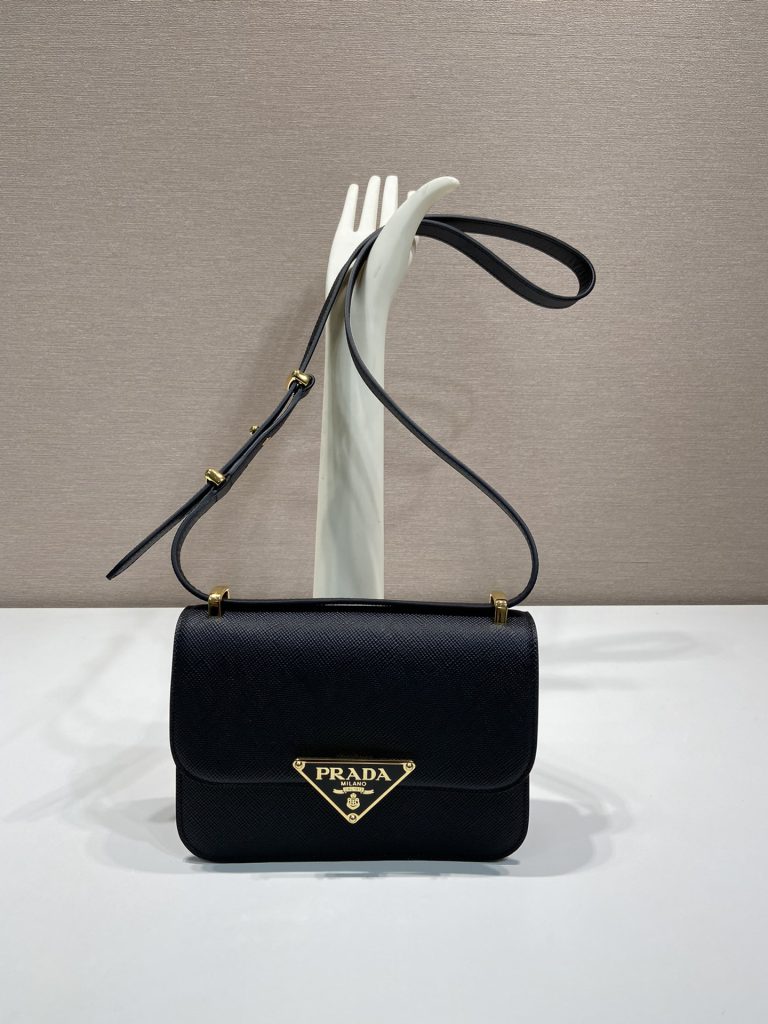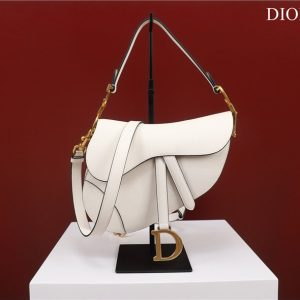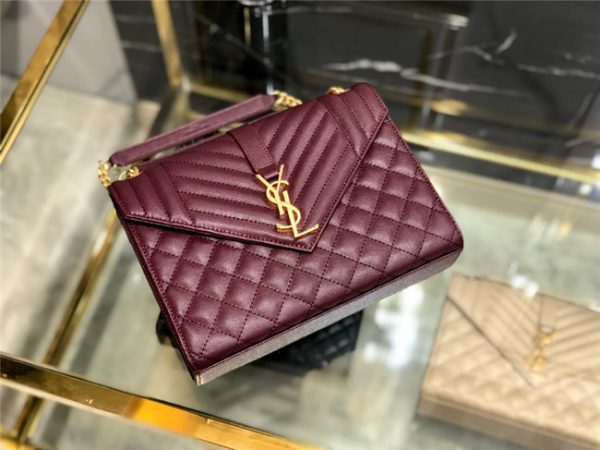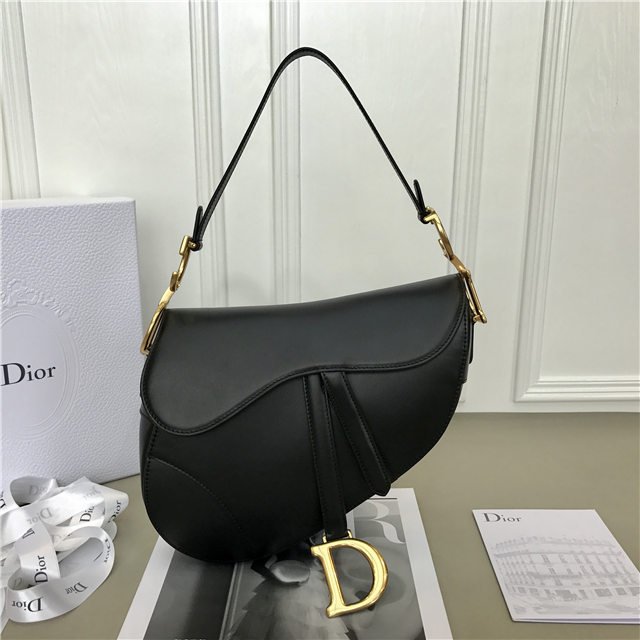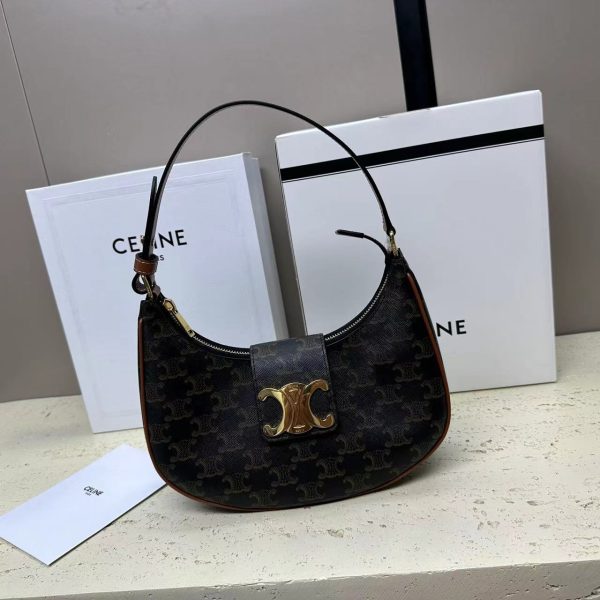First off, let’s be real, the easiest way to know? Buy from a reputable dealer. Duh, right? But seriously, that’s like, 90% of the battle. If you’re buying it outta some dude’s trunk behind a gas station… yeah, good luck with that.
Now, let’s get into the nitty-gritty. Weight. This is a big one. A real Rolex feels *solid*. Like, you could probably knock someone out with it (don’t, though). A fake? Feels like…well, feels like cheap metal. Flimsy. Like something you’d get out of a gumball machine. Seriously, feel the weight. I mean, I’m no physicist, but you’ll know.
Then there’s the serial number. Every Rolex has one, engraved between the lugs (that’s where the bracelet attaches to the watch, for you non-watch nerds). You can try and cross-reference this number, but honestly, sometimes they even fake that! They’re getting CRAZY good at this. So, don’t rely on this alone.
And speaking of details, look closely! Like, *really* closely. Check the hands. On a GMT-Master II (that’s the one with the extra time zone hand), the hands *have* to be stacked in a specific order: Hour, GMT, Minutes, then Seconds. If they’re not? Red flag, dude. HUGE red flag.
The Cyclops – that little bubble over the date? That’s another tell. On a real Rolex, it magnifies the date by like, 2.5x or something. A fake one? It might barely magnify at all. Or it might be crooked. Seriously, these guys sometimes can’t even glue a magnifying glass on straight. It’s kinda sad, actually.
Oh, and the movement! The inside bits that make it tick. This is where it gets super complicated. If you’re really serious, you need to take it to a watchmaker to check that. They can open it up and see if it’s a genuine Rolex movement, or some cheap Chinese knock-off. Honestly, for most people, this is beyond their capabilities.


